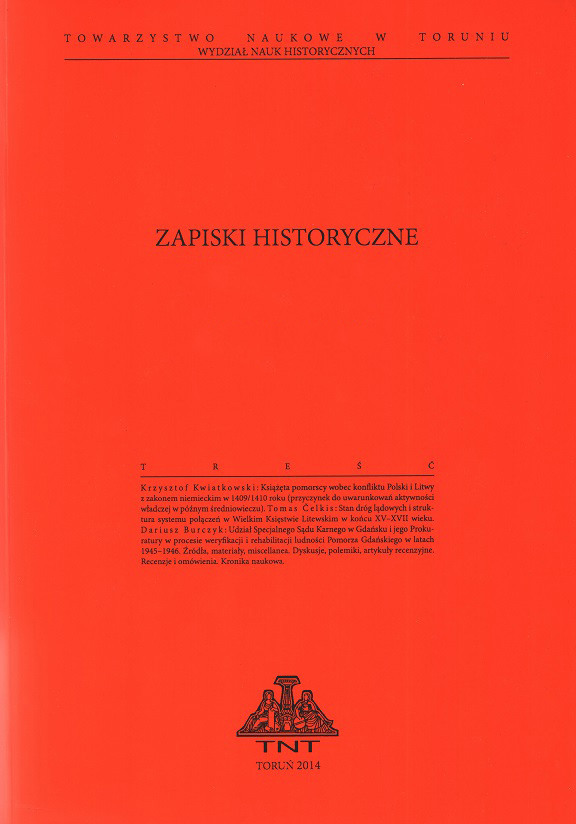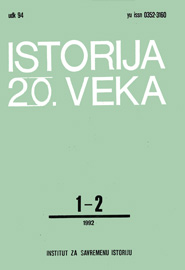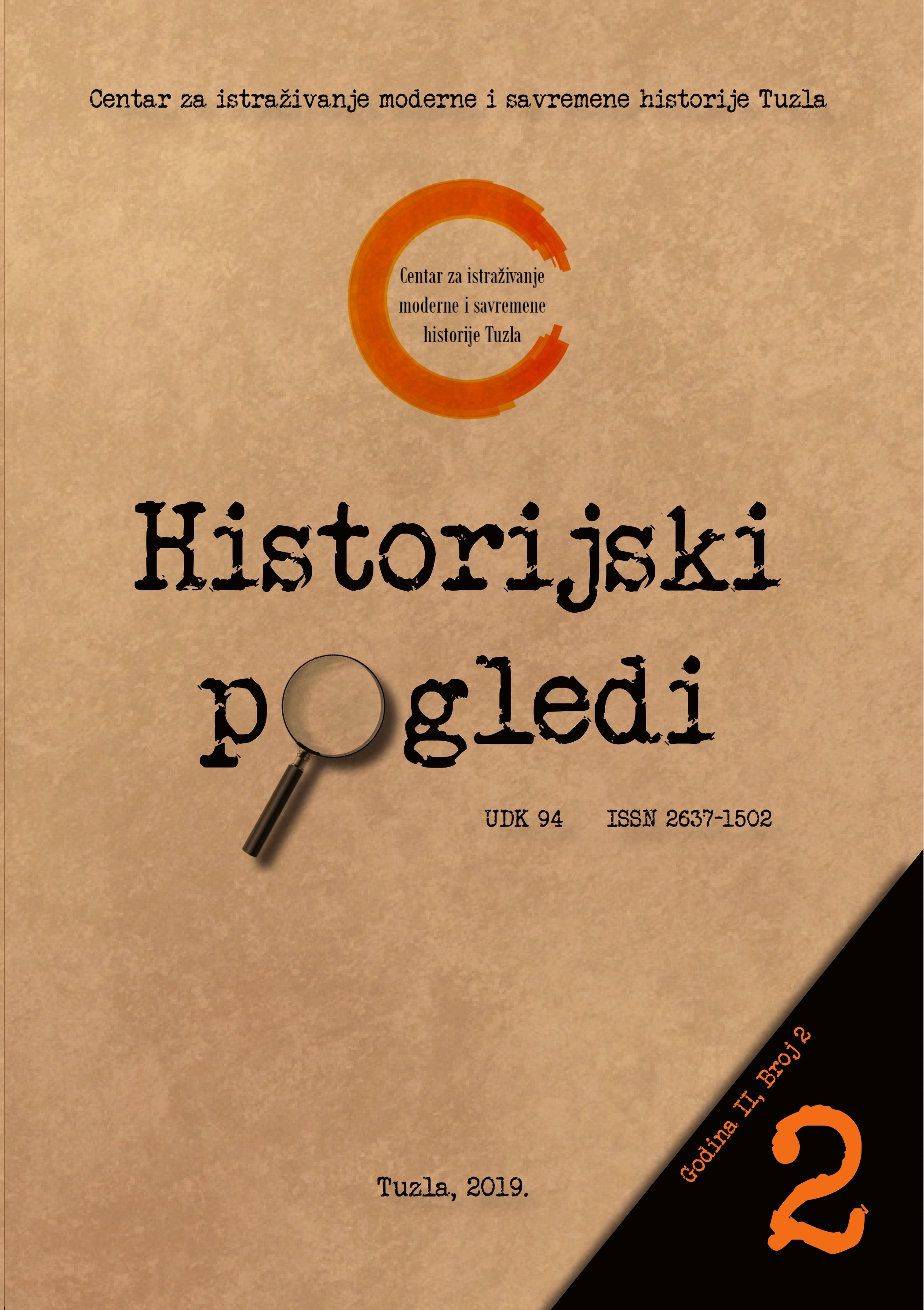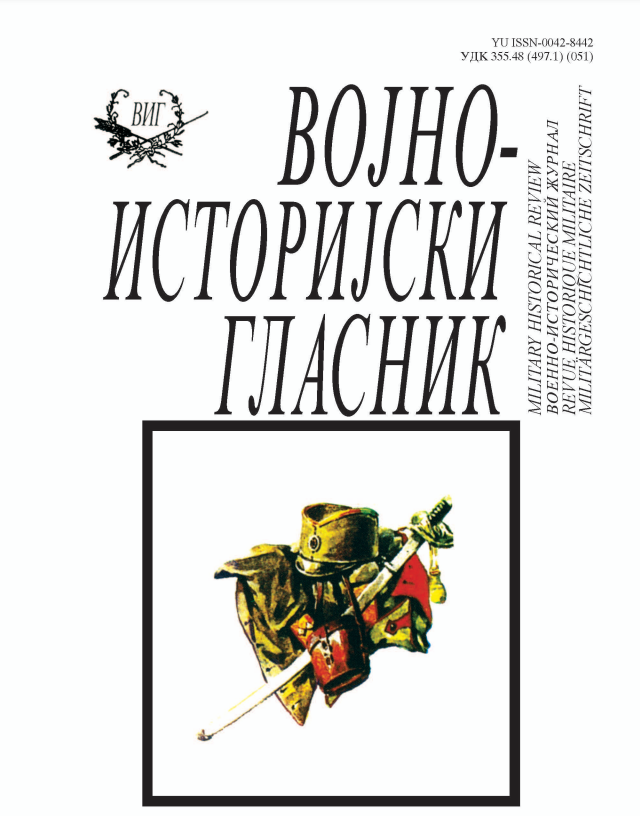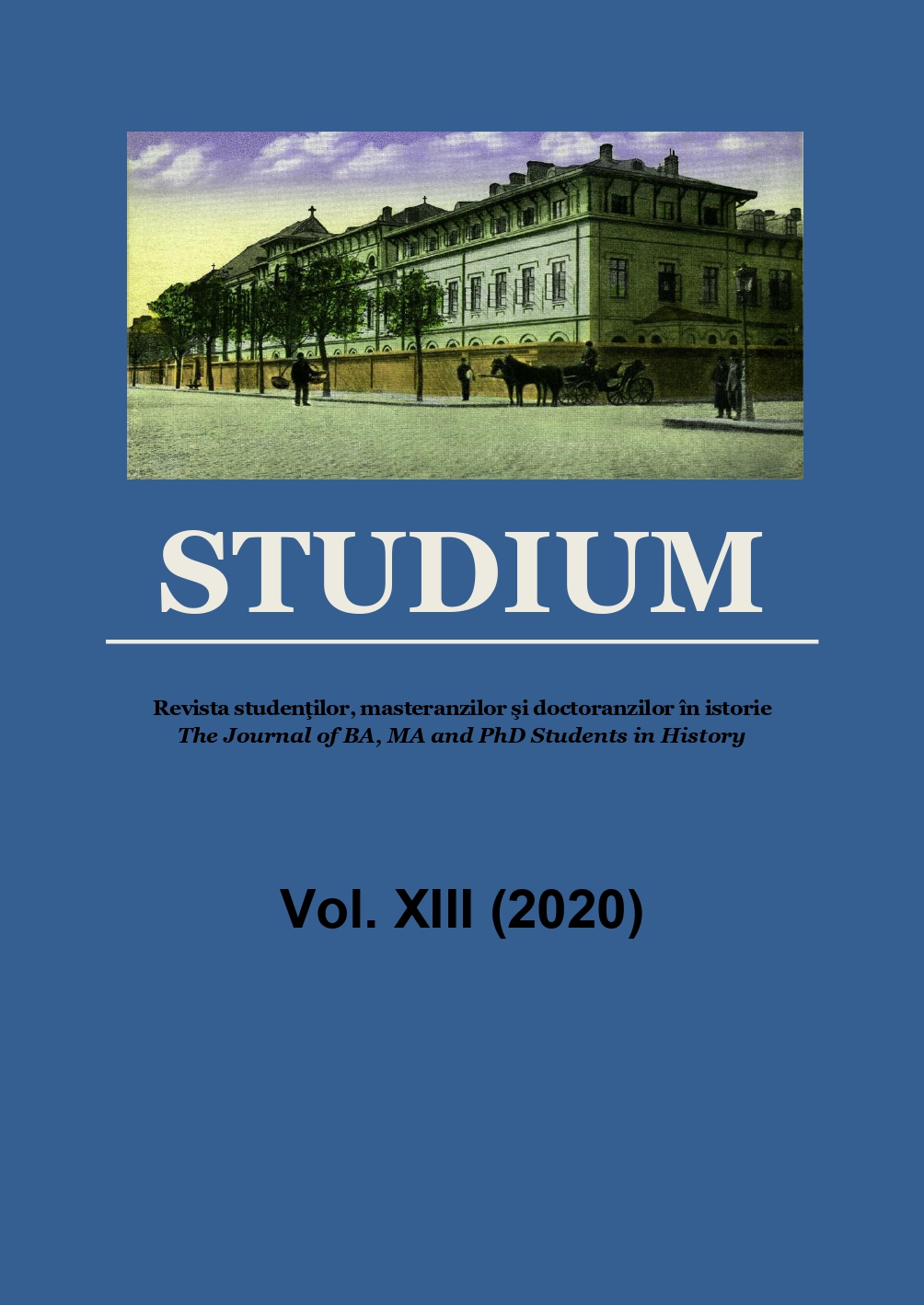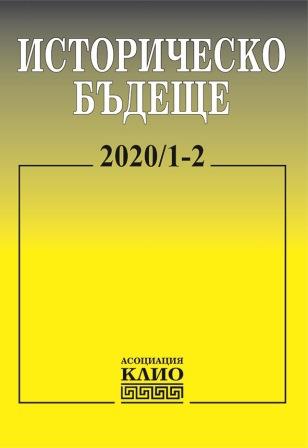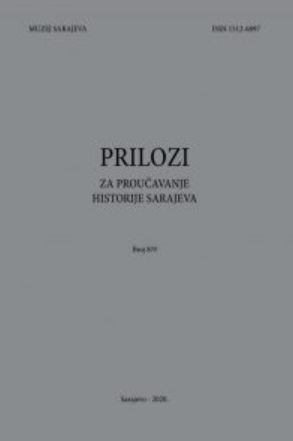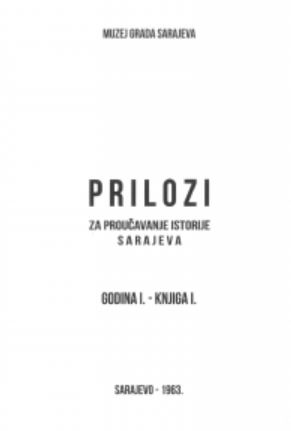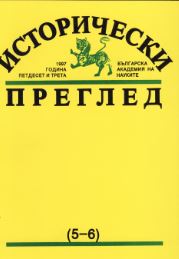Організація Опіки Над Дітьми Польських Біженців В Україні В Роки Першої Світової Війни
The satellite of the First World War was a huge stream of refugees from the places of hostilities. Significant masses of people moved from the Kingdom of Poland and Galicia, where the fighting took place, in the front-line region and further into the depths of Russia. The largest group among refugees were women with children and children left without parents. The article deals with the process of organizing and assisting children from the Kingdom of Poland and Galicia, the impact of this activity on Polish social life in Ukraine. To a large extent, the settlers settled in the front-line areas, because they hoped for the rapid completion of the war and return home. Some of them stopped in large cities and towns of Right-bank Ukraine, the East and South of Ukraine, in which there were large Polish communities and life in which was similar to the usual. In these cities one could find a job and survive in difficult conditions. After the establishment of state and public structures to assist the victims of the war, the Polish community took an active part in organizing their work. The Department of Petrograd Polish organization of assistance to victims of war operated in various cities of Ukraine. They combine different directions of assistance to the victims. The most effective organizations in Ukraine were in Kiev, Zhytomyr, Kharkiv, Odessa. One of the important areas of work was the guardianship of homeless children, orphaned children, their education, and the search for relatives. Particular sections of Polish organizations were engaged in the organization of children’s shelters, the search for their premises, the adjustment of training and the provision of everything necessary. In Kyiv, such sections were supported at the costs of its members. Great help in providing material support was provided by private individuals who sacrificed their own premises and funds for the maintenance of shelters and schools for children. Children who were exported from the Kingdom of Poland in Kiev received assistance, provided with temporary documents – pedigrees and were sent according to preliminary collective and individual applications in other areas that were ready for admission and retention of children. In the provincial branches of the Polish Organization for the Victims of War in Volhynia and Podillya, one of the main activities was the care of refugee children and the opening of shelters and schools for them. Institutions for refugee children were also created on the initiative of individuals, who at their own expense held children, childcare staff, were engaged in the collection of charitable contributions. In September 1916, the situation with state material support for refugees deteriorated. In these circumstances, the Polish community took their retention at their own expense. The decision was made at a meeting of the Kiev District Council, which assisted Poles affected by the war in five Ukrainian provinces: Kyiv, Volyn, Podilskyi, Chernihiv and Poltava. Local Polish communities in general meetings have recognized the priority of child custody, the creation and maintenance of shelters and the development of Polish education. Caring for children became the moral obligation of each Pole and investments in the future of their state. This activity united the Polish local community, raised its moral spirit and national consciousness. In most provincial towns, caring for children, their material support and education was due to the enthusiasm of local Poles, their material support and work on a voluntary basis.
More...
